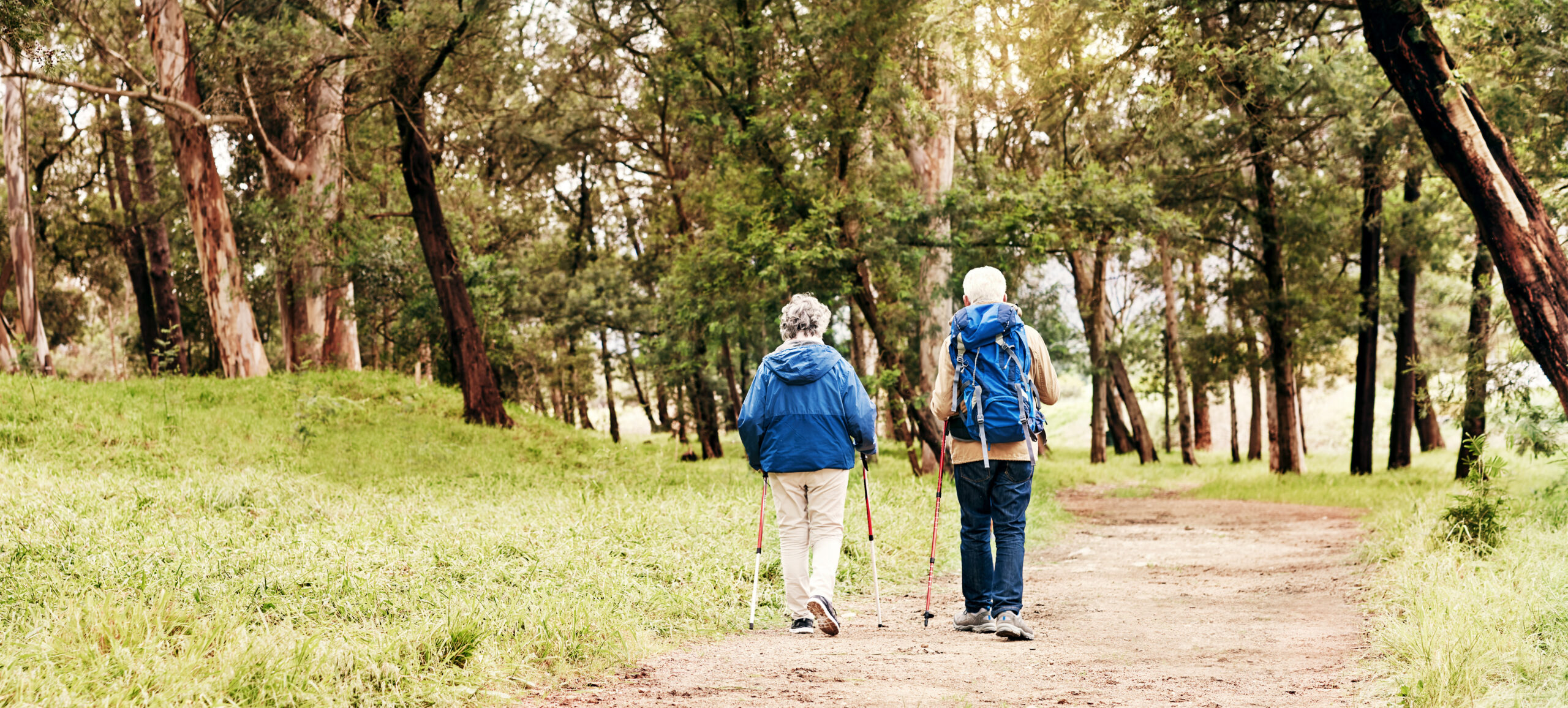Well, here we are. A few weeks into a new year when so many self-made promises of “a new year, a new me” have been overpowered by a pint of rocky road or a deep-seated love of the snooze bar. But despite humanity’s collective lack of willpower in the face of eating better and exercising more (or at all), the truth remains: A healthier lifestyle leads to a happier life. So whether you’re the sort who loves to make resolutions, always breaks resolutions, or simply prefers ignoring the whole idea of resolutions, the start of a new year remains a great time to set some new fitness goals for yourself.
But, you may be asking, why bother at this point? If you’ve made it to this stage in life without much in the way of regular exercise, the perceived benefits of starting now may seem low. Or non-existent. But the truth is that while regular exercise is great for your overall health in every phase of life, it’s even more beneficial for seniors.
What You’ll Gain
Let’s begin with the obvious – regular exercise will help you maintain or lose weight. It’s no secret that one’s metabolism slows down with age. What we could eat without a second thought in our twenties became a considered choice in our forties and is now, well, perhaps left untouched at the buffet. But regular physical activity can jumpstart your metabolism (not to the same level of your teen years, of course) and build muscle.
Even small improvements in fitness can yield noticeable results beyond your waistline. You can increase muscle strength and bone density while helping to alleviate nagging pains or lessen the effects of ailments like arthritis. You’ll enjoy enhanced flexibility and improved balance, both of which can help prevent falls. According to a December 2018 report in BioMed Research International, the effects of many chronic illnesses – heart disease, diabetes, high blood pressure, etc. – can be lessened through exercise. And if you don’t live with such conditions, you can lessen your chances of developing them, along with others such as Alzheimer’s, osteoporosis, and some cancers.
Bonus Benefits
The positive outcomes of regular exercise extend into other areas, as well. You’ll notice it’s easier to fall asleep and stay asleep, leaving you well rested in the morning instead of instantly ready for a nap. The endorphins released by your body during a workout can reduce stress while increasing your sense of well-being. And the benefits to your brain are amazing, too, with documented improvements to memory and creativity and the slowing of cognitive decline issues like dementia.
With all the proven benefits that exercise brings, why don’t more seniors participate? For the same reasons that stop so many people of all ages. They don’t know where to start, what to do, or how to stay motivated. There’s a reason January is rife with good intentions while March is full of garage sales featuring barely used workout gear. But with a little knowledge and determination, you can make exercise an enjoyable part of your daily routine.
Getting Started
The first step is to consult your doctor. A visit with your physician can help ensure that the exercise plan you’re considering will be both safe and effective. Nothing will halt your desire to get fit quicker than a pulled muscle or other injury early in your journey. Plus, your doctor can help you establish a baseline so you can measure your progress. Improvements in things like blood pressure, cholesterol, range of motion in joints, and BMI, among others, will be concrete evidence that your efforts have been worth it (and they will be).
Once you’ve gotten the go-ahead from your doctor, it’s time to figure out what you want to do (if you haven’t already, of course). Consider starting with something you currently enjoy – walking the neighborhood or local trails, for example – or even an old passion you’d like to reignite like swimming or cycling. If you’ve never been much for athletic pursuits, you may wish to start with a combination of simple strength training and aerobics. And don’t be afraid to try something else if your first pick isn’t keeping your motivated. It’s much better to do a little of something you like to do than procrastinating about something you’d rather not.
Track Your Progress
Whatever form of exercise you decide upon, it’s important to keep track of your progress from the start. A 2019 study published in PLOS Medicine showed that people who track their workouts are both more likely to continue working out and more likely to increase the length of their workouts.
Tracking is relatively easy. It can be done with something as simple as a notebook, or as high-tech as a fitness tracker and an app on your smartphone. The key point is to know where you’ve been so you know how far you’ve gone. Because often, it will further than you think. And even if it’s not, keep going. Just like the rest of life, getting fit has its plateaus and even a few valleys – but always remember the next peak is never far away.
While tracking your progress can be a great motivator to stay consistent with your exercising, nothing holds you accountable quite like another human being. A workout buddy or entire group not only keeps you honest about hitting the weights, the pool, or the trail at the appointed time, it makes things fun. At Bridge Senior Living communities, finding your crew is easy. Along with the scheduled exercise classes and activities offered at each community, you’ll meet plenty of folks who also want to take advantage of the workout facilities and equipment available just like you do.
Keep Working, Keep Thriving
Of course, exercise is only one part of a healthy lifestyle. While any exercise is better than none, you’ll see much better results if you eat right, stay hydrated, and get enough rest. Fortunately, each of these things helps fuels the others. So the more you commit to healthy living, the more you’ll want to stay committed to the maintaining the improvements it provides to both body and mind.
So go on! Set some goals, get after it, and have a happier, healthier start to 2022.









